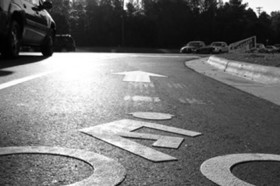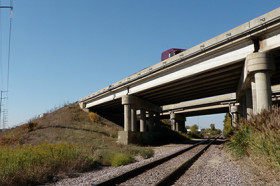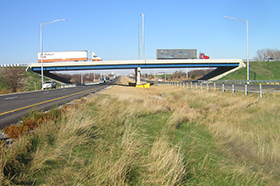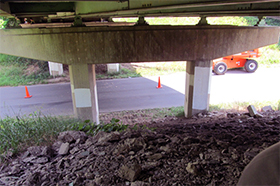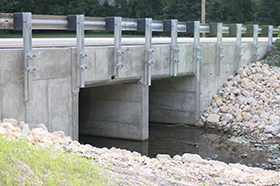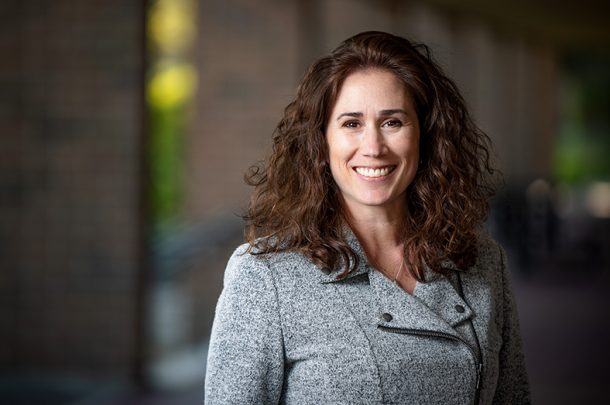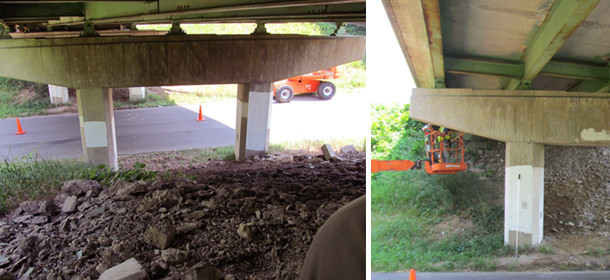
Our state’s population is expected to increase over the next decade, placing an even larger demand on our transportation system. Appropriate funding needs to be provided to allow for proper maintenance in order to meet the needs of our crumbling infrastructure. While current revenues do not provide for the financial resources to properly maintain our existing highways, roads or transit systems, there are other ways to invest in our infrastructure.
The fact that infrastructure improvements need maintenance in the first place is one that is frequently left out of the initial equation. These improvements are designed with the expectation that someone will, on a routine basis, clean the gutters, bridges, catch basins and usual appurtenances that come with a modern improvement. Pavement striping needs to be renewed, sometimes on a yearly basis. Signs get knocked down. Light bulbs burn out. Unfortunately, while this maintenance work should be regarded as routine, it tends to be expensive. As a result, it is an area that usually presents itself as ripe for budget cutting. While many agencies are able to finance projects from their Motor Fuel Tax or other Capital Improvement Funds, their maintenance staff is paid out of general corporate funds that have thousands of other needs competing for financing.
The issues surrounding storm water management help illustrate the need to invest in maintenance. Most urban agencies maintain streets with curb and gutters that convey storm water to inlet structures. Debris that accumulates in these gutters will wash into inlets and end up in a catch basin, which is designed to trap this debris and prevent it from getting into the sewer system. Clogged sewers will back up and flood streets, as well as the basements and property of local residents. One simple solution to this problem is periodic street sweeping. It is far less expensive than catch basin cleaning or sewer line flushing; yet street sweeping is frequently one of the first items to be excluded as a result of budget cuts. The apparent increase in the frequency of ‘100 year’ storms that overwhelm our storm sewer systems highlights the problem as well, but the solution may be more simple than you think. Trees growing out of inlet grates suggest that the original system may be adequate but the lack of maintenance has reduced its ability to handle the original design capacity. Regular, routine maintenance is critical to ensuring that our systems are operating as they were designed.
Bridges provide another example of the basic need for upkeep. No other traffic conveyance is more expensive on a square foot basis than a bridge, yet many bridges lack proper maintenance. The vast majority of bridge inspection reports that come across my desk note that the scuppers and drain pipes are clogged up, the expansion joints are leaking onto the bearings, and the steel elements of the bridge need painting. Some agencies have adopted the policy of painting only the fascia (exterior) girders to solve the appearance issue, but this leaves the interior girders to rust away in dark and quiet solitude. Again, if we are going to maintain the designed performance of these structures, we need to be sure that we invest accordingly.
Whether storm sewers, bridges, highways or local roads, investing wisely in infrastructure is critically important. Properly combining Life Cycle cost analysis in the design phase with an understanding of, and a commitment to, realistic maintenance costs over the life of an improvement will minimize an agency’s total expense for their infrastructure responsibilities and open up funding for maintenance and operations.



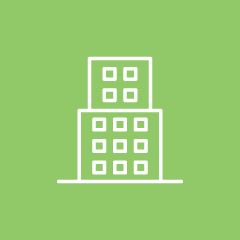


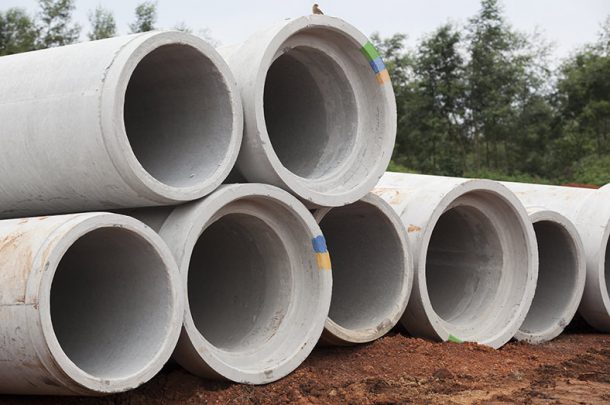
 Integrating Stormwater and Pavement Designs
Integrating Stormwater and Pavement Designs 
